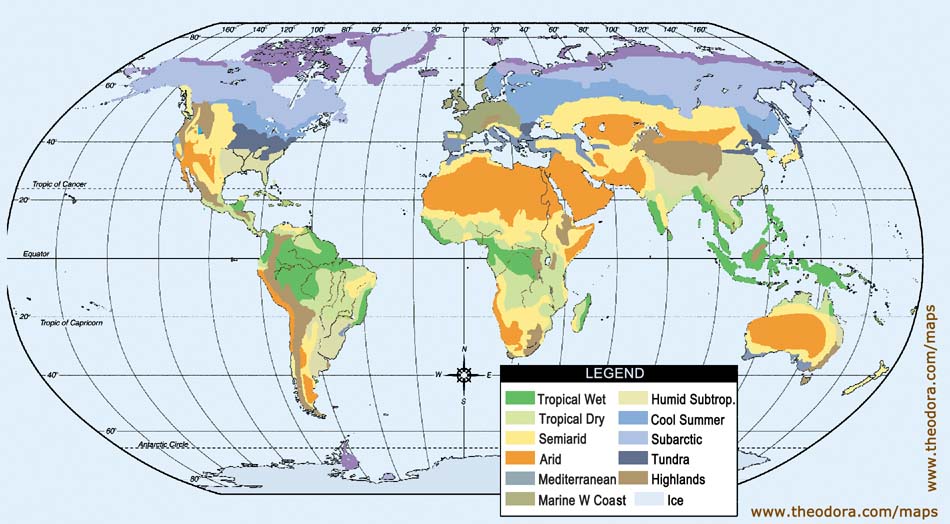The American College and University Presidents’ Climate Commitment has released a new document (November 20122) that details higher education’s role in adapting to a changing climate. While nodding to the seriousness of climate change, it offers readers a chance to engage in the opportunities that accompany threats to the climate:
Advanced human societies and the institutions that comprise them have emerged during a period of relatively stable climate over the past 12,000 years, making agriculture and settled civilizations possible. As we observe more widespread and drastic changes in climate across the globe, it is clear that this stability, and all it affords human civilization is being threatened. This threat is serious; yet it offers exciting opportunities to make our communities more dynamic and resilient, able to provide energy, water, food, shelter, and mobility, with redesigned systems equipped to thrive in a changing climate.
This document also acknowledges how communities of color and low income communities are more likely to feel the sting of climate disruption. While this may not be news to many of the folks involved with sustainability in higher ed, or in social movements in general, it’s the first time I’ve seen such a prominent sustainability organization address this directly, and specifically, towards college and university presidents, trustees and other senior administrators, and business officers.
Below is a summary of the findings inside this new publication:
Higher education institutions
1. Have a critical role to play inpreparing society to adapt to the impacts of climate disruption by providing research and education around adaptation strategies and science.
2. Need to increase their curricular offerings on climate adaptation, both through mainstreaming the information in core courses and offering electives that specialize in the topic.
3. Face direct risks to their operations and infrastructure from the impacts of climate disruption.
4. Have the unique opportunity to role-model solutions in their own operations.
5. Can serve as ‘hubs’ in their local communities for creating, testing, and disseminating knowledge about regional climate projections and adaptation strategies, and should work directly with their local communities to explain the science and implement solutions.
6. Should acknowledge the inequitable distribution of climate impacts across populations, with low income and communities of color being in most need.
7. Should aim to identify adaptation strategies that also contribute to mitigation efforts.
Read the full list of recommendations here.
Originally posted on June 26, 2012 by Carlos Ochoa.
